
Powering a Sustainable Future: The EV Shift in Asia Pacific
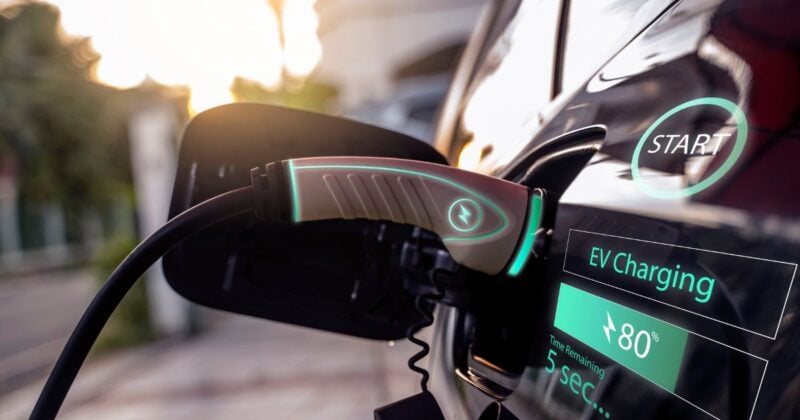
The convenience of e-commerce depends on a vast and complex transportation network, and increasingly, that network is turning to EVs to reduce environmental impact. In Asia, where transport emissions are the second-fastest-growing source of pollution, the logistics sector faces a significant challenge. Moving raw materials and finished goods across vast distances is one of the top contributors to APAC’s Scope 3 emissions—the indirect emissions that occur throughout a supply chain.
The rise of e-commerce, now a permanent fixture of modern life, has only amplified the volume of goods transported and the long distances products must traverse to reach their end-user. The logistics industry has since faced immense pressure to address its role in climate change.
But within this tricky business lies a glimmer of hope: the burgeoning popularity of EVs is paving the way for a more sustainable future, transforming the logistics landscape one delivery at a time.
Origins of electric vehicles
While early EVs faced limitations—shorter ranges; slower speeds; and fewer charging options—they laid the groundwork for the technological advancements and diverse options available today.
The introduction of Tesla’s iconic Roadster in 2008 shattered perceptions. Then, priced at a six-figure range, EVs quickly became status symbols that were accessible only to the wealthy and elite.
However, other automakers resisted the "status symbol" narrative, aiming to make EVs affordable and practical for the average driver instead. Chinese manufacturers like BYD revolutionized the market with budget-friendly EV options, driving mass adoption in China and beyond.
This combination of affordability and technological advancements has since made EVs mainstream. Today, falling prices and government incentives are dismantling the exclusivity once associated with EVs.
Plugging into a cleaner tomorrow
Commitments to ambitious net-zero targets recognize the crucial role of EVs in achieving these objectives.
Similarly, a surge in policy support for electrified transport, including incentives for EV adoption, investment in charging infrastructure, and the development of comprehensive sustainable transport roadmaps, is also increasingly common across Asia Pacific.
Singapore's Green Plan 2030 aims to phase out the registration of new internal combustion engine (ICE) vehicles by 2030 and ensure that all vehicles run on cleaner energy by 2040. Key measures include the EV Early Adoption Incentive (EEAI), which offers rebates on additional registration fees for fully electric cars and taxis. Additionally, the nation plans to install 60,000 EV charging points nationwide by 2030, creating the infrastructure necessary to support widespread EV adoption and achieve its green mobility targets.
In Japan, the government has set a target to make all new cars sold by 2035 zero-emission vehicles. This ambitious goal is part of the country's broader strategy to achieve carbon neutrality by 2050.
Short circuits: challenges on the road to electrification
Despite leaps of progress, challenges remain in achieving a fully electrified transport system in the logistics industry. A significant hurdle lies in the limited availability of electric trucks. While consumer EV options have expanded rapidly, heavy-duty electric trucks remain underproduced, creating supply shortages.
An estimated seven million medium- and heavy-duty freight trucks circulate the United States today, most of which are powered by traditional internal combustion engines (ICEs), leaving logistics companies eager but constrained in their ability to invest in greener fleets.
High upfront costs for EVs, particularly in developing regions, limit access for smaller logistics providers. Similarly, robust charging infrastructure—critical for supporting fleet operations—requires significant investment and coordinated planning.
Addressing these issues is essential to fully realize the potential of electrified logistics and transportation systems.
Wired for progress
Despite these obstacles, the momentum toward sustainable transport is undeniable.
Electrified vehicles are becoming a central pillar of logistics strategies, no longer confined to niche markets. As policy support increases, costs decrease, and infrastructure expands.
The electrification trend is transforming transportation far beyond consumer cars. For instance, Singapore’s National University Health System (NUHS) is replacing ageing fuel-run ambulances and vans with electric ones.
Additionally, the region is witnessing significant advancements in electric aviation. Honda recently launched sales of a micro-sized low-powered, low-taxed domestic electric van targeted at Japan's delivery industry. Such vehicles have been popular with businesses and households to deliver agricultural produce, parcels, and goods in both urban and countryside areas of Japan.
Even in sectors like commercial aviation where reducing climate impact has proved a near impossible feat, Elysian has plans for a fully electric aircraft capable of reducing emissions by 90 percent to take flight within the next ten years.
Countries are also investing in futuristic innovations like electric vertical take-off and landing (eVTOL) aircraft, aiming to revolutionize urban mobility and reduce carbon emissions.
With the growing societal environmental consciousness comes the increasing demand for sustainable products, supported by the appropriate regulatory policies and technological advancements that make it more feasible for logistics companies to ensure greener operations and deliveries.
The journey toward full electrification is challenging, but the destination is clear—a cleaner, more connected, and sustainable future, where electric mobility is at the heart of global transportation systems. By embracing this transformation, Asia Pacific stands to lead the way in setting a new standard for sustainable logistics and mobility worldwide.
ALSO WORTH READING


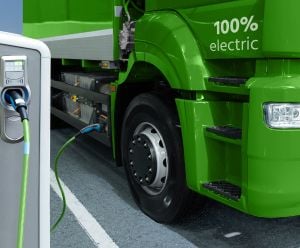

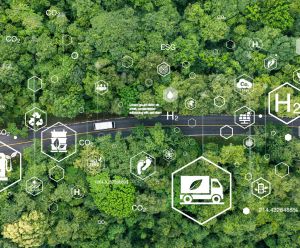


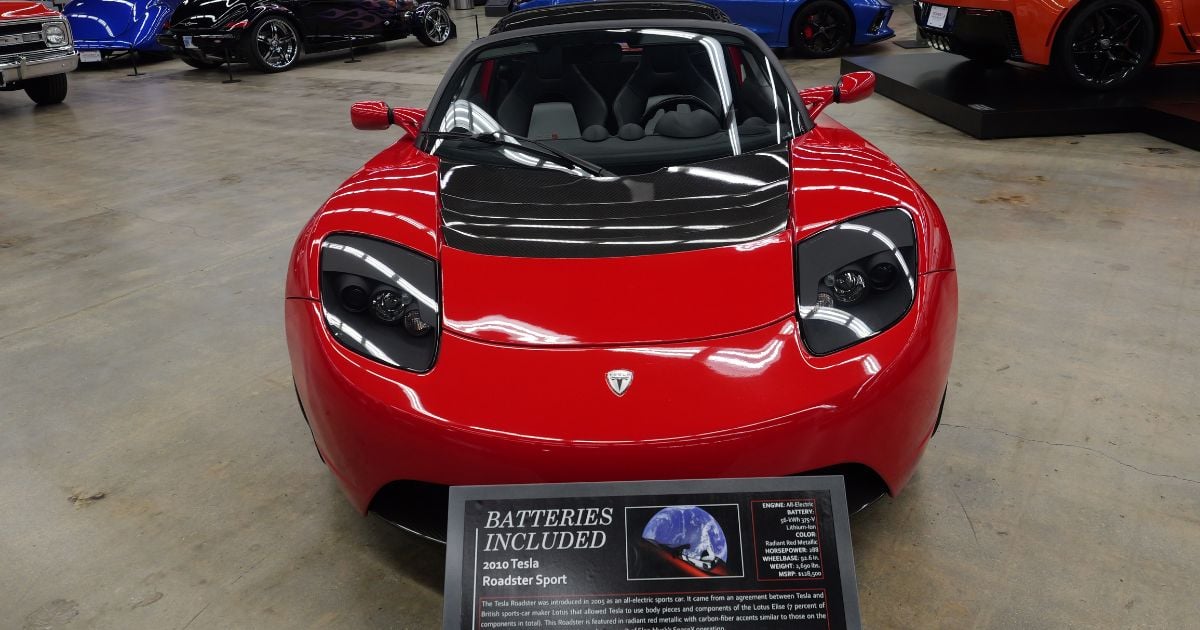

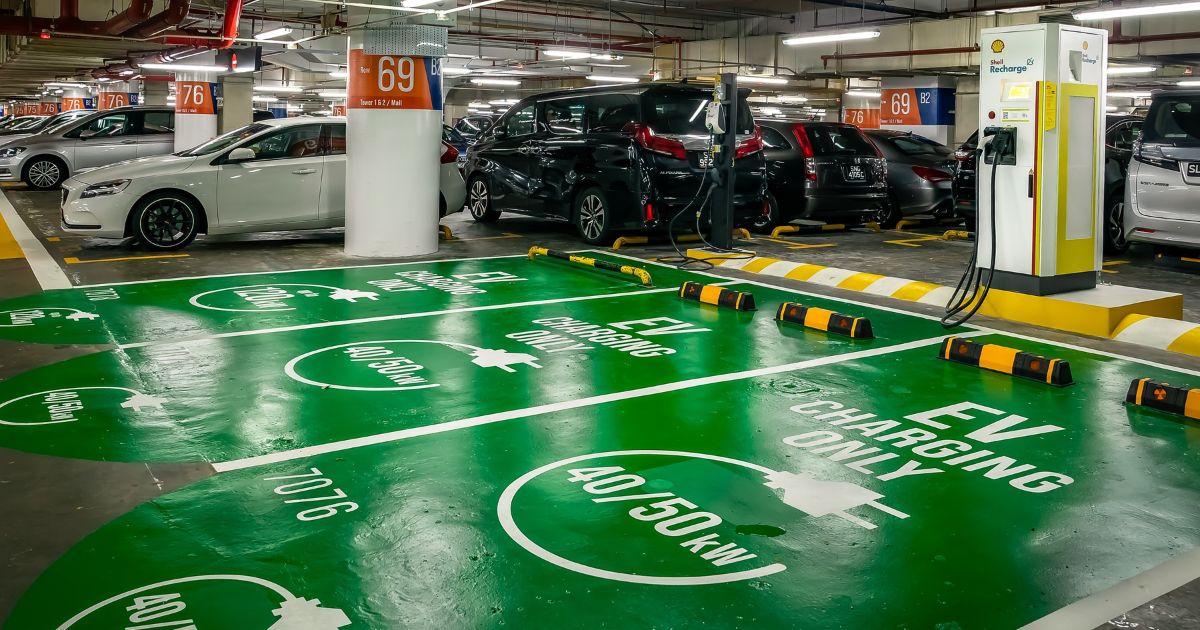




 English
English